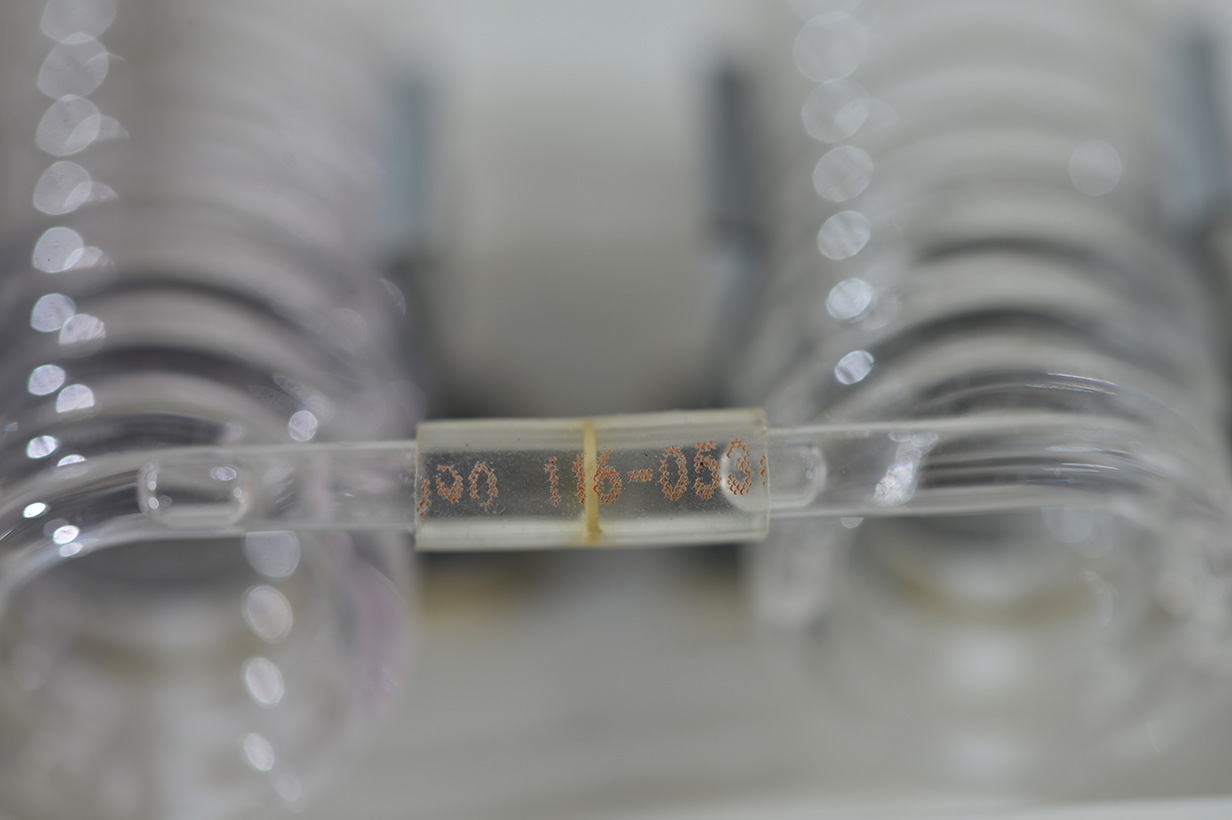Water quality
Optimal water quality
In 2019, De Watergroep supplied almost 180 million m³ of drinking water to more than 3.2 million users. Our drinking water production has remained stable for several years in a row. In addition, we offered approximately 9 million m³ of 'custom-made water'.

Laboratory work in figures
|
2018 |
% A compliant |
% B compliant |
% C compliant |
Number of samples |
|
Grid samples |
99.6 |
97.6 |
91.1 |
9063 |
|
Sites |
99.9 |
99.4 |
89.4 |
9048 |
|
2019 |
% A compliant |
% B compliant |
% C compliant |
Number of samples |
|
Grid samples |
99.8 |
97.9 |
91.2 |
9566 |
|
Sites |
99.8 |
99.6 |
90.3 |
9467 |
Little or no microplastics in drinking water
The drinking water produced by De Watergroep contains little or no microplastics, a pilot project in 2019 confirmed.
Untreated surface water contains a significant volume of microplastics in the form of fibres or particles. De Watergroep’s water treatment processes almost completely remove these microplastics. In 2019, we performed a series of concrete measurements in cooperation with Ghent University. To do so, we needed to develop a measurement method ourselves, as there is no internationally accredited method so far. The measurements showed that a litre of water treated by De Watergroep contains no more than 0.2 particles of microplastics. Water in a plastic bottle often contains 1,000 particles or more, so in terms of microplastics, tap water is completely safe. As a drinking water company, we are absolutely committed to safety and quality, and we are closely monitoring the latest developments in new measurement technologies and protocols as a result.
